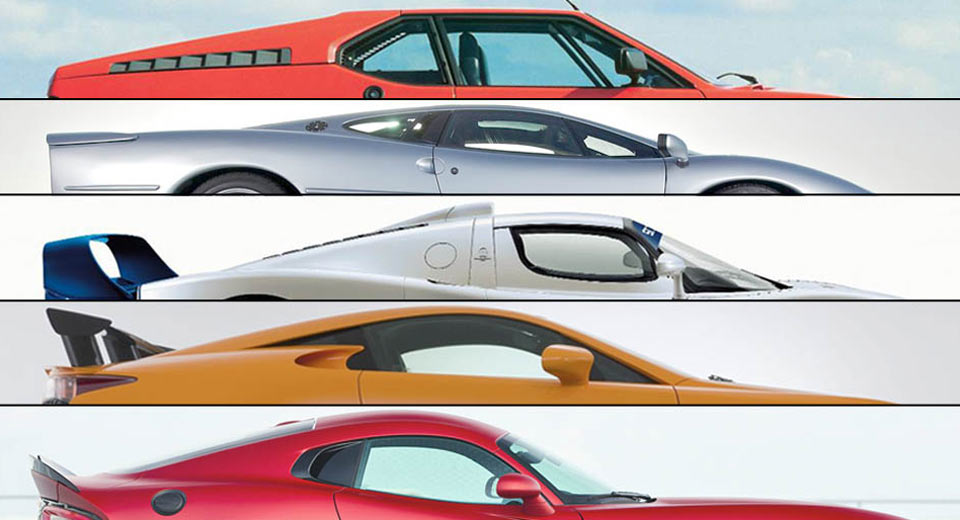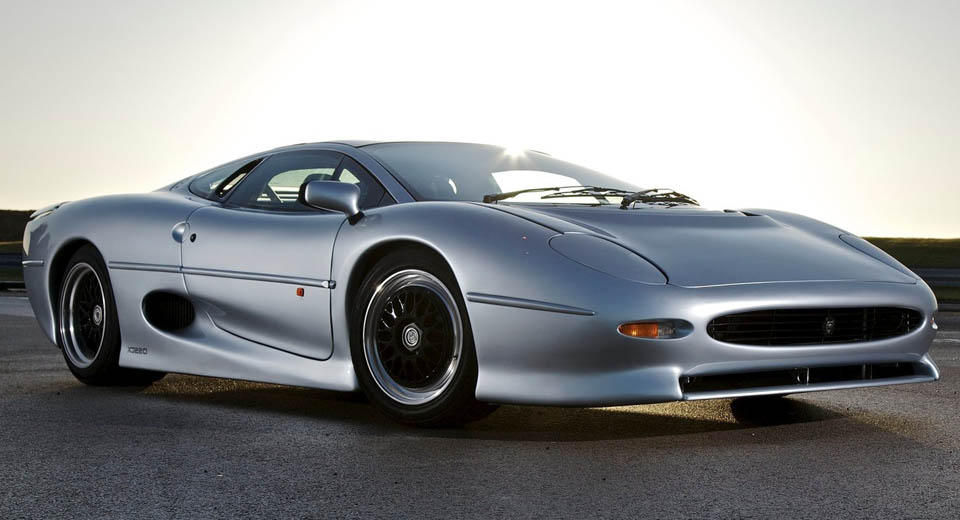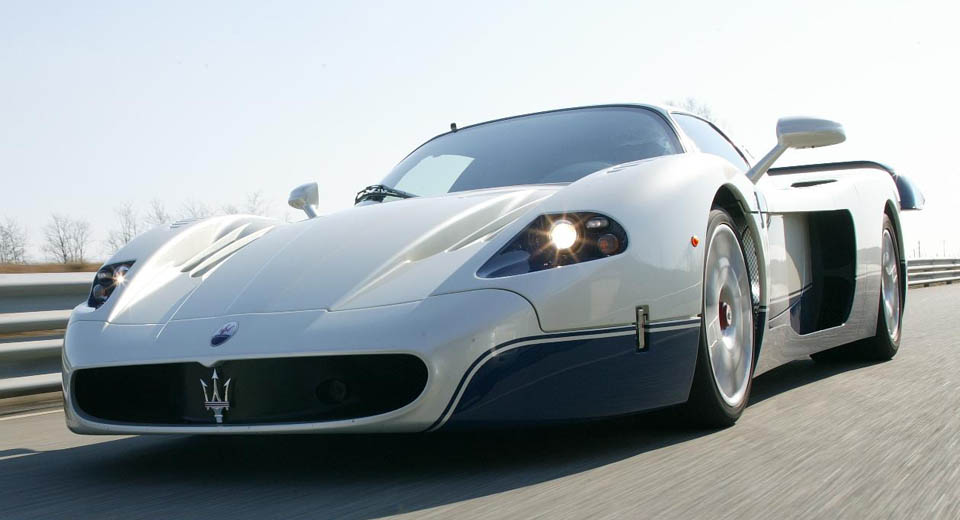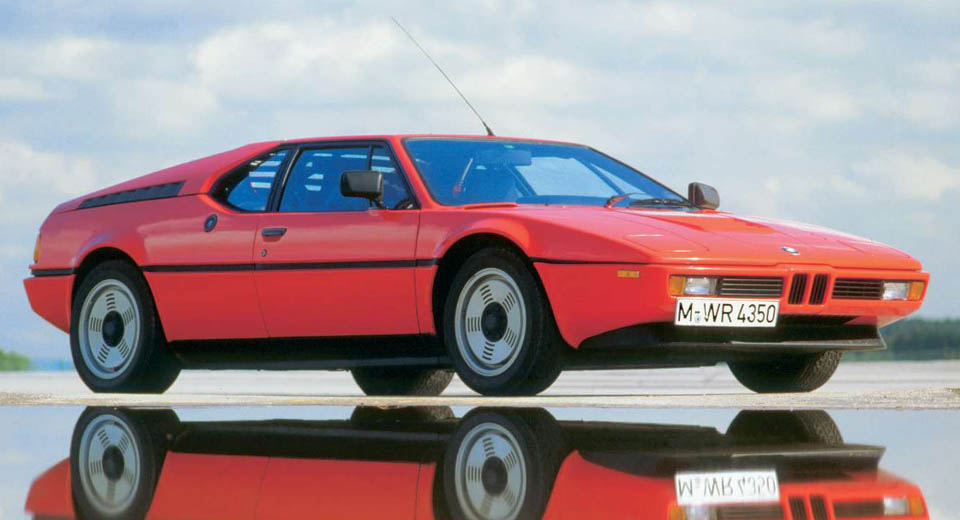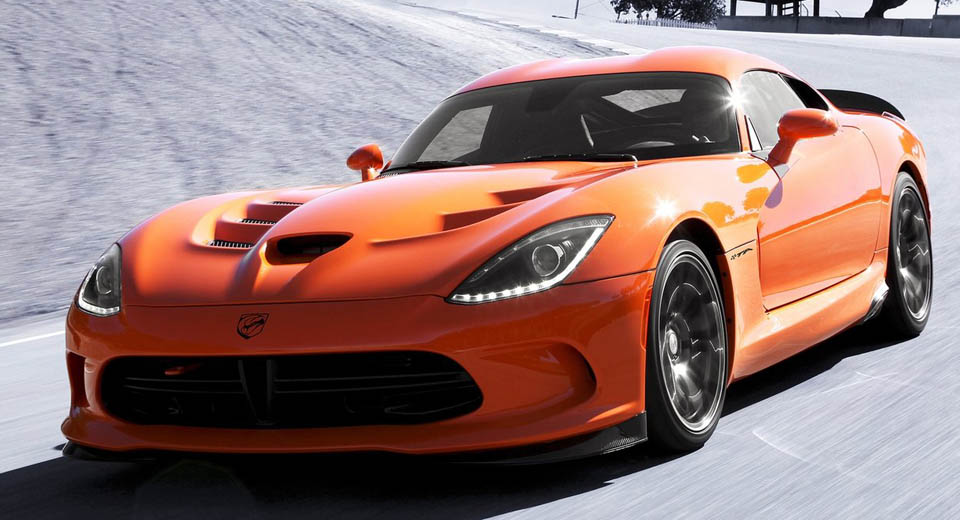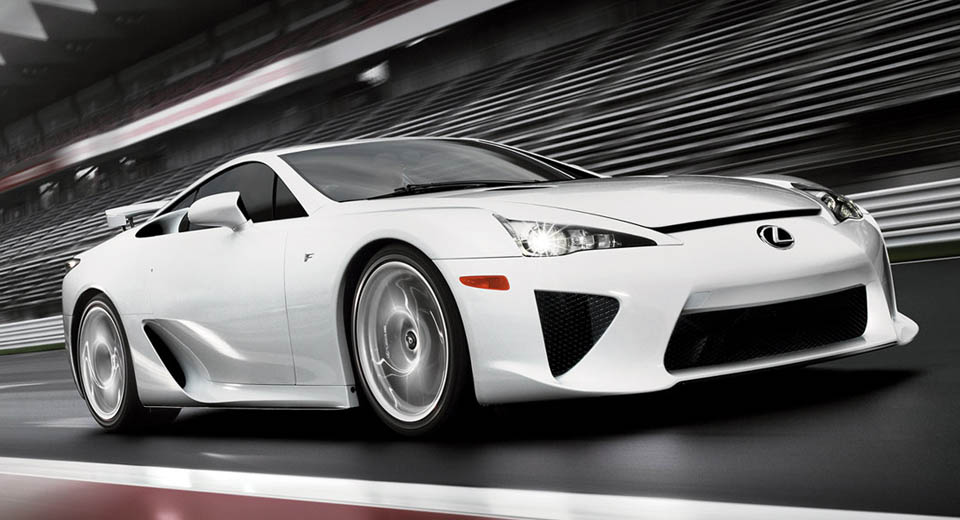The majority of supercars may come from dedicated manufacturers: marques like Lamborghini and McLaren that make nothing but supercars.
Some of the most interesting that have come and gone over the years, however, have been produced by automakers that focus most of their resources on more common forms of wheeled transportation.
Some of these flagship supercars have become staples in the upper reaches of the automotive marketplace: models like the Audi R8, Nissan GT-R, or even the Chevrolet Corvette. Others have been recently revived, like the Ford GT and Acura NSX.
And there are a handful more automakers (like Mercedes and Aston Martin) are working on getting back into the game they’d left behind years ago. But there are many more that, we’re sorry to say, have long since ended their production runs, and are dearly missed.
Here we’ve compiled five of our favorites of these discontinued flagship supercars – not from manufacturers like Bugatti or Ferrari, but from more mainstream luxury or even mass-market automakers.
Given the resources and the financial justification, we hope their manufacturers would consider bringing them back and making them even better, leveraging the expertise and competencies they’ve accrued on the open market and putting them into world-beating performance machines that could show those prestige marques a thing or two about how it should be done.
Jaguar XJ220
With apologies to the others, at the very top of our list is Jaguar. To roll alongside its more mainstream luxury sedans and such, the British automaker has made some seriously fast supercars over the years: like the XKSS, XJR-15, and XJ220.
Despite more grandiose plans, the latter entered the history books as a real world-beater – one that could keep pace with the best from Ferrari and Porsche, and even leave them behind: in fact the XJ220 was, for a time, the fastest production car in the world. But production ceased in 1994, and despite ambitious plans to bring the experimental C-X75 concept to market, its place atop Jaguar’s lineup has left vacant ever since.
Maserati MC12
Maserati is arguably still perceived by the public as a producer of sports cars. But these days it’s going after the likes of BMW and Jaguar more than it is Ferrari or Lamborghini (as it once did). In fact the last time it made a real supercar was over a decade ago with the MC12.
Essentially a Ferrari Enzo with different bodywork, the MC12 was conceived more as a homologation special than a halo model. Only 50 road-going customer examples were made, and after 2005 they were all gone. Under Fiat ownership, Maserati has had to steer shy of Ferrari territory – the MC12 standing as the lone exception – but with the Prancing Horse marque now spun off as its own separate corporate entity, maybe Sergio Marchionne and company will finally let the Trident marque off the leash.
BMW M1
The Ultimate Driving Machine. That’s what BMW called itself (and its products) for a long time. Yet it only ever made one model that was purely focused on performance. That was the M1, which it similarly envisioned more as a homologation special than a halo model. It hired Giorgetto Giugiaro to design it and Lamborghini to help with development, and ultimately made 457 of them between 1978 and 1981.
Decades later, it has only made one other mid-engined sports car: the i8, which has a decidedly different orientation. Enthusiasts have been calling ever since for a proper successor, which may or may never come.
Dodge Viper
The Viper? Isn’t that still in production? There may be a few more examples to roll out of the Conner Avenue assembly plant, but after that, it’s done – with no replacement in sight. And not for the first time, either: whether sold under the Dodge or SRT brands, the Viper has had gaps in its production before. In fact it was entirely out of production between 2010 (when the ZB was discontinued) and 2013 (when the current VX model was introduced).
So it may yet return at some point, but if it does, FCA (or whatever Chrysler is called at that point) is going to have to get a bit more muscle out of that giant engine. Because as the Viper roars off into the setting sun, the 645 horsepower produced by its 8.4-liter V10 is far eclipsed by the 707 hp offered by the 6.2-liter supercharged V8 in the Hellcat – let alone the 808 hp in the new Demon.
Lexus LFA
Few mainstream automakers have undertaken supercar development with the same zeal that Lexus displayed with the LFA. It was originally developed out of aluminum, then went back to the drawing board to be completely redone out of carbon fiber. Lexus also designed a completely new V10 engine for it, and even a dedicated production facility.
The result was a performance machine that, while more expensive, could keep up (if not surpass) the Ferraris and Astons of its day. Sadly production ended in 2012, and we’ve barely heard a peep about the prospect of a successor – with only the LC to stand in its place as the top coupe in the Lexus lineup. And as striking as that may seem, it’s no supercar.



